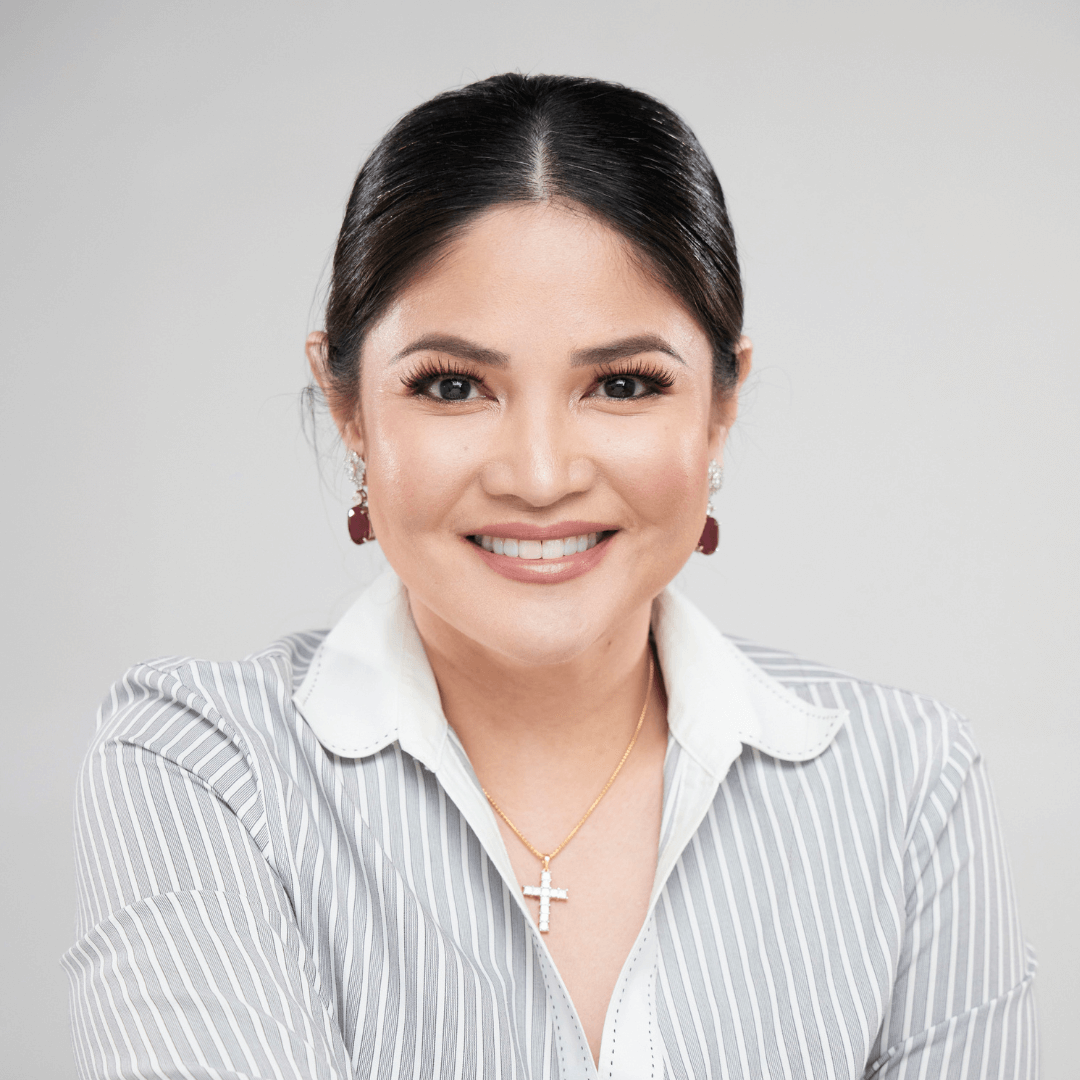Hello everyone!
This will be a long post since I’ll be sharing with you a modus that I recently discovered whilst helping a client. I will deliberately not include names to protect the identity of the people involved; I will be using monickers instead. Also, I have referred the matter to NAJA and GIA International. GIA, in turn, referred the matter to their legal and security team.
So here’s the story:
A friend referred a relative of hers to me for assistance in ascertaining the value of the jewelry items that were pawned/sold to her by a “friend.” Let’s call my client “AT.” AT is very kind hearted. She helps wholeheartedly, especially people she believes are her friends. Anyway, AT was approached by a “friend” of hers whom I will refer to as “CF” for “Criminal Friend” to borrow money. The stories are the same: na-covid, nagipit, namatayan, na-accident; in short, lahat na yata ng delubyo sa buhay eh naranasan na ni CF!
At first, CF would pawn jewelry to AT. Eventually, CF started referring to AT jewelry items that were pawned to different people who were looking to liquidate unredeemed items from them. AT seized the opportunity since these items were really cheap considering the size and quality of the stones (like, 5ct plus stones, D color, VVS clarity grade) and she was comforted by the fact that these jewelry items came backed up with GIA certificates. There were uncertified jewelry items as well so to lull AT to a false sense of security, CF brought her to a pawn shop located somewhere in Manila to verify the stones; said pawn shop has the same machine as I use to distinguish lab grown diamonds from natural, earth-mined diamonds. Here’s the catch: it wasn’t the owner of the pawnshop who was looking at the stones but one of the “appraisers” of the store. Let’s call this appraiser “SA” for Syndicate Appraiser. Sinasamahan pa ni CF si AT sa pawn shop but they always transact with SA. This went on for months and so.
Where did things start to implode?
One of AT’S kids noticed that the GIA certificates didn’t have a hologram seal. So, he scanned the QR code and to everyone’s horror, the QR code, showed a COMPLETELY DIFFERENT INFORMATION from what was indicated in the printed GIA Certificate.
To verify GIA certificates, or any lab certificates for that matter, you can go to their portal and check the certificates by simply typing the reference number. This was back in the day when QR Codes were not yet available. You can falsify documents but the data in these labs stay intact. New GIA certificates now have QR codes. By simply scanning the code, you are directed to the database of the lab.
The scam can be as elaborate as the syndicate wants it to be. Take example in India, a businessman was charged with selling diamonds with fake inscriptions that were linked to reports that indicated a higher quality stone. Worse, the diamonds being sold were lab grown! The businessman was specifically targeting “less experienced” businessmen. Inscription machines are not cheap so just imagine how deep the pockets are of these syndicates. I’ll be attaching the link to the JCK article on this bit of news.
Related: Jewelry Appraisal Scams to Avoid in the Philippines
Now back to my client, AT. The modus was quite different since the fake certificates were just printed with a trusty old ink jet plus the paper was not laminated. (Cheap yung sindikato dito, walang budget!) For people who are familiar with what GIA certificates look like, it’s really easy to spot that the certificate is fake but for the uninitiated, you’ll certainly be fooled especially if you’re just going to type the reference number and not scan the QR code. What they did to AT was present her with a bogus certificate with a LEGIT QR code that is tied to a real report.
Now, you may ask, so what’s good with a certificate if it can be faked?
My answer is simple: whilst the physical certificate can be faked and QR codes can be copy and pasted, the database CANNOT be touched (unless the syndicate employs mad hackers – good luck breaking into the system of these giant labs!) so you are still better off buying certified stones. Also, buy from a reputable jeweler. Sure, they’ll probably be a little more expensive but if you’re buying jewelry items that range in the millions, does it really matter if you pay a little bit extra for a certified stone?
Another option is to go to a licensed gemologist or a licensed appraiser THAT YOU KNOW. Do not rely on the “jeweler” that was recommended to you by the very person selling you the jewelry. Take the case of AT, she went to an appraiser who turned out to be in cahoots with each CF. Always seek an opinion of an impartial appraiser/jeweler when going into deals like this. Don’t know anyone? Ask a friend, research, vet. A real jeweler will be more than happy to provide you the information you’ll need without charging you just because you’re asking questions.
Read More: Finding a Reliable Certified Jewelry Appraiser: A Guide
I won’t tell you what the stones turned out to be but suffice to say they were neither natural nor lab grown diamonds. Care to warrant a guess on what they were?
Got questions or need to schedule? Hit us up at admin@willynvillaricajewelry.com or catch us on Facebook (Willyn Villarica Jewelry) and Instagram (@willynvillarica_jewelry). Need quick assistance? Call us at +63279497547.

